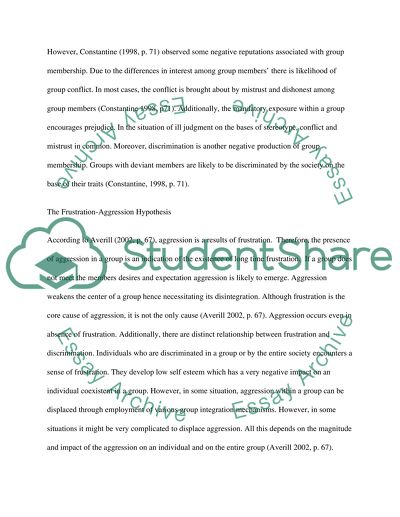Cite this document
(“Psychological Theories Essay Example | Topics and Well Written Essays - 1500 words”, n.d.)
Retrieved from https://studentshare.org/psychology/1445868-can-psychological-theories-aid-us-in-reducing
Retrieved from https://studentshare.org/psychology/1445868-can-psychological-theories-aid-us-in-reducing
(Psychological Theories Essay Example | Topics and Well Written Essays - 1500 Words)
https://studentshare.org/psychology/1445868-can-psychological-theories-aid-us-in-reducing.
https://studentshare.org/psychology/1445868-can-psychological-theories-aid-us-in-reducing.
“Psychological Theories Essay Example | Topics and Well Written Essays - 1500 Words”, n.d. https://studentshare.org/psychology/1445868-can-psychological-theories-aid-us-in-reducing.


